Description
Explore how disasters and epidemics have impacted Californians over time through this NEH-funded traveling exhibition.
Living in California means living with natural disasters. With the acceleration of climate change, we are experiencing disasters with increased frequency and intensity. These major events, including epidemics, affect Californians differently depending on location, socioeconomic status and race, among other factors. Although these events can often be devastating, they can also be portals for societal reform.
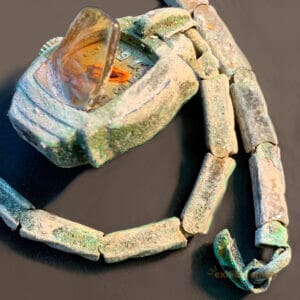
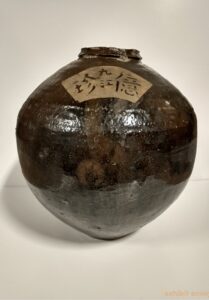
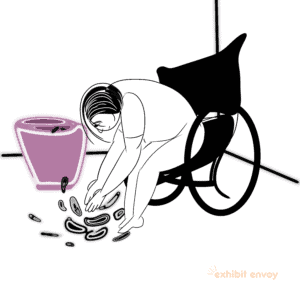
From Earthquakes to Epidemics explores the impact of natural and manmade disasters and pandemics in California, using the humanities as a lens to give context to the impacts of recent and historic disasters in the Golden State.
Stories within the exhibit represent the entire state of California, and reflect historic and contemporary issues. From fires to floods, from earthquakes to droughts, from the 1918 flu to the COVID-19 pandemic, visitors will learn about major events in California’s history, and how many disasters actually inspired positive changes within our communities.
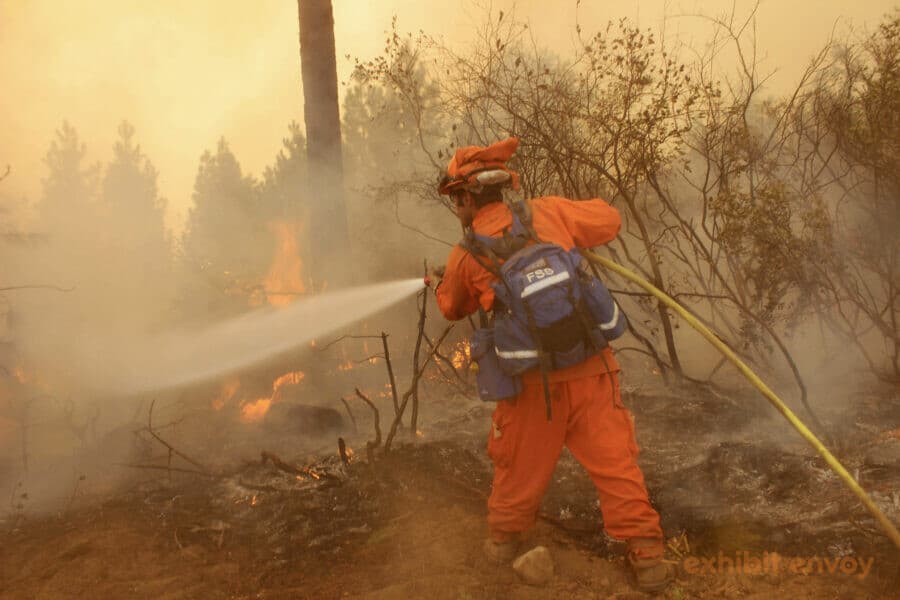
From Earthquakes to Epidemics is advised by Dr. Juan Declet-Barreto, who combines the humanities and science in his work as a Climate Vulnerability Social Scientist at the Union of Concerned Scientists. Dr. Declet-Barreto earned a Ph.D. in environmental social sciences, M.A. and B.S. degrees in geography, and an associate’s degree in geographic information systems from Arizona State University. At UCS, his research maps, analyzes, and finds solutions to the unequal human health and livelihood impacts of environmental hazards, particularly those exacerbated by climate change. Before joining UCS, Dr. Declet-Barreto spent two years as a climate and health research fellow with the Natural Resources Defense Council, where he helped link climate change to adverse health impacts, with a special attention on low-income communities, and communities populated predominantly by people of color. His research maps, analyzes, and finds solutions to the unequal human health and livelihood impacts of environmental hazards, particularly those exacerbated by climate change.
This exhibition has been made possible in part by the National Endowment for the Humanities: Democracy demands wisdom.
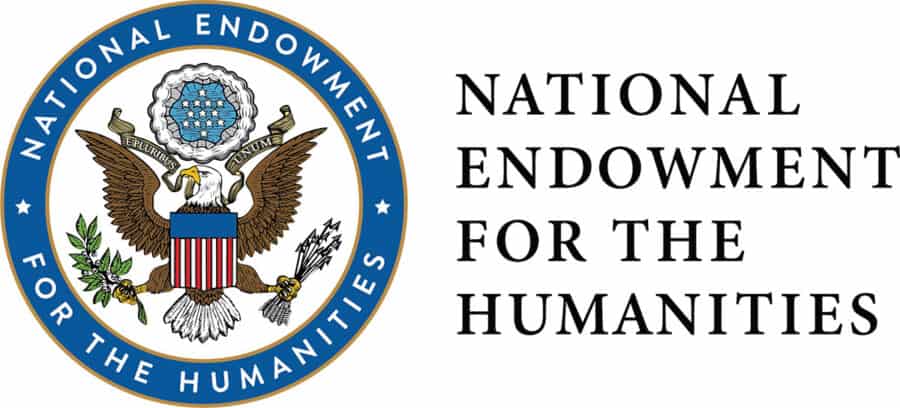
Any views, findings, conclusions, or recommendations expressed in this exhibition do not necessarily represent those of the National Endowment for the Humanities.
Specs
- Audience:
- General
- Rental Fee:
- $3,000 + shipping for 8 weeks
- Size:
- Approx. 1,200 sq. ft.
- Shipping:
- 3 crates via van line
- Languages:
- English, Spanish (coming soon!)
- Security:
- Moderate
- Installation Images:
- View Here
Exhibit Components:
- 21 engaging didactic text panels exploring climate change and how earthquakes, droughts, floods, epidemics, and fires have impacted different populations differently throughout California history
- 3D artifacts relating to historic and contemporary disasters and epidemics, such as a ceramic vessel that survived the 1906 Earthquake in Chinatown, rubber boots used in the 1955 Yuba City Flood, and objects burnt by the 2018 Camp Fire
- 2D ephemera, including handwritten rescue reports from a flood, pamphlets distributed by LGBTQ+ activists during the AIDS epidemic, and newspaper articles about the 1976-1977 drought
- Reproductions of maps, newspaper articles, and historic photographs
- Photography and drawings from contemporary artists exploring the 2018 Camp Fire, 1989 Loma Prieta Earthquake, 2020+ COVID-19 Epidemic, and more
- Audiovisual components, including video timelapses
- Suggestions for inexpensive low- or no-touch interactive elements
Schedule and Availability
Past Dates | |
August 14, 2022 – December 18, 2022 (18 weeks) | Gateway Science Museum, Chico, CA |
June 18, 2023 – September 10, 2023 (12 weeks) | Shasta Historical Society, Redding, CA |
October 15, 2023 – December 17, 2023 (9 weeks) | Hi-Desert Nature Museum, Yucca Valley, CA |
March 10, 2024 – May 19, 2024 (10 weeks) | Los Altos History Museum, Los Altos, CA |
September 8, 2024 – November 24, 2024 (11 weeks) | Sutter County Museum, Yuba City, CA |
January 26, 2025 – April 20, 2025 (12 weeks) | Sacramento History Museum, Sacramento, CA |
May 11, 2025 – September 21, 2025 (19 weeks) | Museum on Main, Pleasanton, CA |
October 12, 2025 – December 7, 2025 | AVAILABLE |
January 4, 2026 – March 1, 2026 | AVAILABLE |
March 22, 2026 – May 17, 2026 | AVAILABLE |
June 7, 2026 – August 2, 2026 | AVAILABLE |
August 23, 2026 – October 18, 2026 | AVAILABLE |
November 8, 2026 – January 3, 2027 | AVAILABLE |
January 24, 2027 – March 21, 2027 | AVAILABLE |
April 11, 2027 – June 6, 2027 | AVAILABLE |
June 27, 2027 – August 22, 2027 | AVAILABLE |
September 12, 2027 – November 7, 2027 | AVAILABLE |
November 28, 2027 – January 23, 2028 | AVAILABLE |
February 13, 2028 – April 9, 2028 | AVAILABLE |
April 30, 2028 – June 25, 2028 | AVAILABLE |
July 16, 2028 – September 10, 2028 | AVAILABLE |
October 1, 2028 – November 26, 2028 | AVAILABLE |
